Crow Holdings Capital believes the industrial sector has entered a normalization phase after several years of rapid expansion. Despite oversupply in certain markets, Industrial remains a favored sector for the firm. CHC believes fundamentals today are supported by stable demand and slowing new supply.
Despite supply headwinds, 2024 was the third best industrial leasing year on record, with new leasing increasing by 4.5% and renewal activity increasing by 9.3% over 2023. While lower-than-average vacancy rates spurred new development in 2022-2024, starts and deliveries have slowed substantially, with inventory under construction declining for ten straight quarters and starts down ~70% from mid-2022 peak.
CHC believes demand for new space is driven by macro trends and the obsolescence of existing industrial stock. Nearly 70% of existing industrial inventory was built before the 21st century, and Class A stock warehouse accounts for less than 20% of total industrial assets. Demand is bolstered by other long-term drivers such as the broadening adoption of e-commerce and nearshoring/ onshoring trends. The convenience and choice of online shopping is evidenced by a 102% increase in e-commerce sales from 2020 to 2024 versus 33% increase in total retail sales during the same.
Rent growth, which consistently exceeded 6% in recent years, is expected to revert to its 20-year average of 3.5%. For seasoned assets, in-place rents are significantly below market rents, representing a large loss-to-lease and supporting NOI growth as leases turn over. CHC estimates market rents could be as much as 25% higher than in-place leases, depending upon building sub-type. Thus, if these trends materialize as projected, it could lead to NOI growth of at least 5% over the next five years.
CHC believes macro demand drivers coupled with declining supply should bolster sector fundamentals for high-quality, well-located industrial real estate, especially in high-barrier, high-growth markets.




